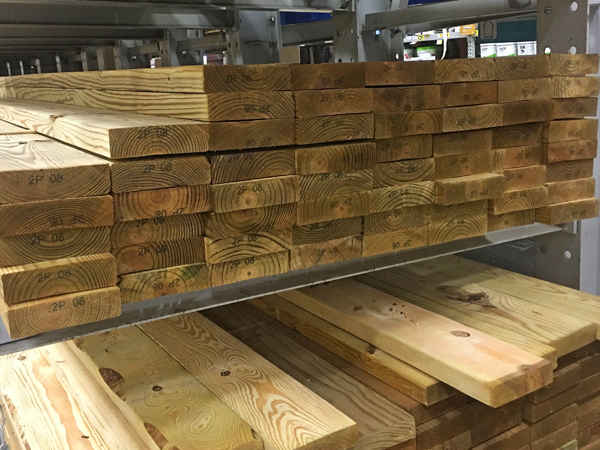
How hazardous is the dust produced when working with pressure-treated lumber? What sort of precautions do I need to take when working with it? I use this stuff when creating and repairing outdoor projects. – Dave Barkdoll
Tim Inman: I think the dust from pressure treated lumber should be considered just as toxic and irritating as any dust from exotic furniture woods. Maybe even from just “any” wood. Most wood dust is or can be toxic to breathe. If not from the chemicals they contain, just from the physical/mechanical aspect of fine dust in your lungs. I work with all the ventilation I can get, and I wear a dust mask whenever I’m working in an area that is contaminated with fine wood particles. This might be on my sanding table, or it might be when I’m at the table saw or my wood lathe. I’ve been at this for 54 years now (for pay), and I plan to keep doing it a lot longer. So, I do everything I can to keep my lungs free and open. I think you should, too. For what it’s worth, I also think working wood in my own shop in my own business also keeps my blood pressure down and my attitude way up!
Eric Gee: Working with pressure-treated wood products involves many of the same common sense practices used when building with other construction materials. When Southern pine lumber is pressure-treated, the waterborne preservative forms a permanent bond with the wood’s fiber. Sawdust produced by cutting or machining pressure-treated wood is not hazardous to people, plants or pets. When sawing or machining treated wood, wear eye protection, a dust mask and gloves. When you complete a project, clean up all sawdust and debris. Wash your hands thoroughly with mild soap and water. Wash your work clothes separately from other household clothing before reuse. Dispose of treated wood scraps using normal trash collection, in accordance with local, state and federal regulations. Do not burn treated wood in open fires, stoves or fireplaces. Find more information about building with treated Southern Pine by clicking here.
(Eric Gee is director of lumber products at the Southern Forest Products Association.)
Chris Marshall: Here’s another reason to wear gloves when working with pressure-treated lumber — in my experience, at least. Splinters are much more painful than from untreated lumber. I’m not sure what’s in the preservative that affects me this way, but splinters exhibit a burning sensation under my skin until I remove them — no matter how small they are. So, I do my best to avoid them.





